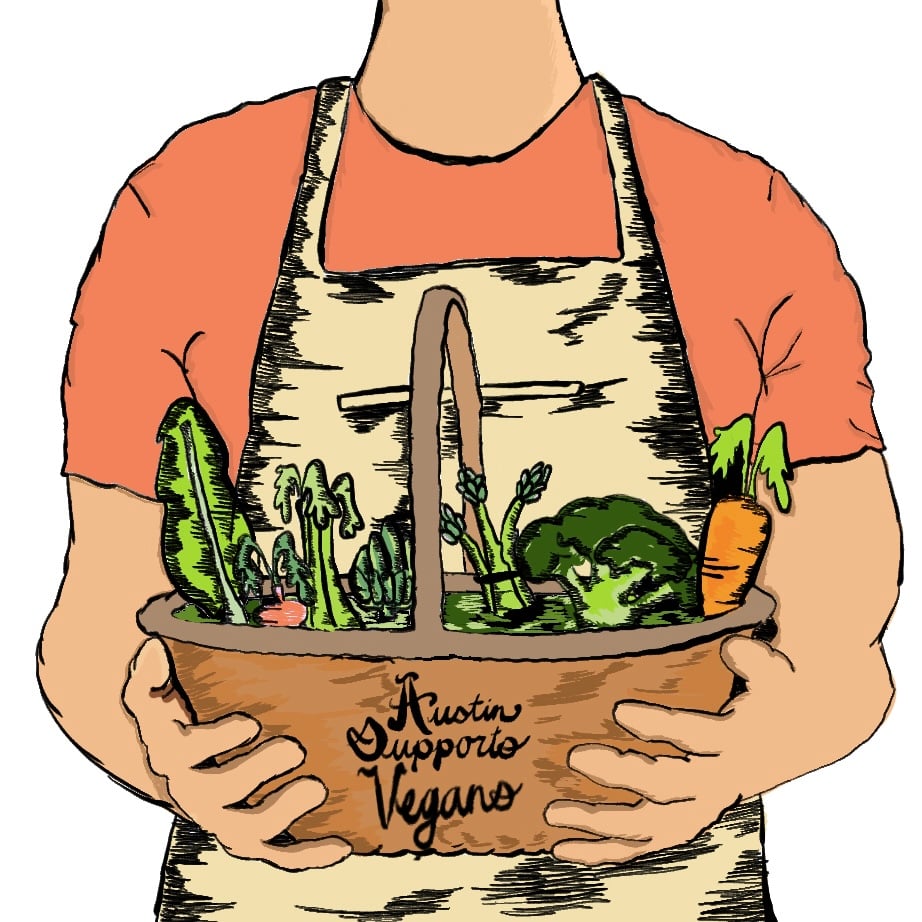Herb-gardening may seem like the exclusive hobby of bored retirees and self-described “culinary-type” yuppies, but a pot of herbs in an otherwise gloomy college apartment is deceptively useful. It can save you money on cooking supplies, encourage you to use healthier seasonings and make the whole place smell like expensive room-freshener.
Now that you know the “why” of growing an herb garden in college, how do you go about growing one in a 12-by-16 dorm room? According to Monica Solimani of local hardware store Breed & Co.’s gardening department, it takes “a good window and a lot of sunlight and drainage.” Because most herbs come from Mediterranean environments, they thrive in sunny, dry climates. If you live in an off- campus dorm or an apartment with a balcony, you would do better to place your herbs outside in direct sunlight during the warmer months. If you lack a balcony and have only a window ledge, you can easily find hanging boxes that make growing herbs outside an easy (and picturesque) endeavor.
Those aspiring green thumbs trapped in a dim dorm room or balcony-less apartment need not put down their paper in despair. Herbs are regularly taken inside during the winter months from November to February and will do well with about eight hours of direct sunlight a day, easily attainable from a large, sunny window.
How will you know if your herbs need some ultraviolet assistance? If they become “leggy,” meaning their stems become elongated, or their leaves begin to fade — you’ll know your herbs are crying out for some extra time in the sun. Luckily, the miracles of modern lighting allow you to grow “just about anything” with grow lights, according to Sharon Truett of local nursery The Natural Gardener. Truett said people have managed to grow gardens in their closets with the help of the natural light-mimicking lamps. Grow lights will run you anywhere from $20 to $100, depending on how much light your plants will need. Be careful to place the grow lights close enough to your plants for them to benefit. Again, your plants may be able to survive up to four months inside with simple window light to green their leaves.
Now that you’ve got the “sunny” aspect of the Mediterranean climate mimicked, you’ll need to master the “dry” part. Buying a pot with proper drainage will help you avoid overwatering your herbs, but you’ll still need to be careful to keep the soil moist rather than watery. Most herbs, with the exception of mint, are fairly drought-resistant. Above all, remember that no herb will grow while sitting in standing water, and no roommate will appreciate an overwhelming smell of damp dirt. When potting your herbs, be sure to use a terra cotta or plastic pot and not a metal one, as the latter will fry your plants when placed in the sun. Plant your herbs in a blend of three parts potting soil and one part compost. If your herbs will be outside, include a thin layer of mulch to help keep in moisture. Of the herbs that will grow indoors, mint is likely to be the easiest to grow, making it a good starter plant. But as your thumb gets greener and your dorm room more verdant, you can branch out into other herbs that work well in containers, like chives, parsley, lavender and rosemary.
Printed on September 5, 2012 as: "Student housing in mint condition to garden"





















